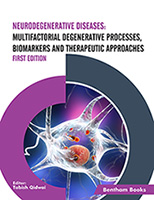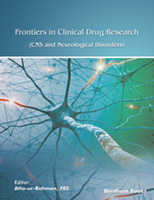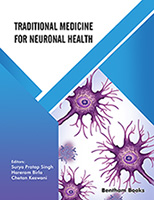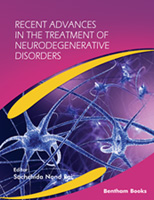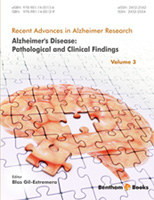Autism spectrum disorders (ASD) are a group of neurodevelopmental disorders characterized by abnormalities in social interaction, language function and communication, and abnormalities in the realm of behavior. Over the past several decades the incidence of ASD has increased dramatically, with much of the increase not being explained by improved diagnosis. The etiology of ASD remains an unsolved puzzle to scientists, physicians, pediatricians, psychiatrists, and pharmacologists. Of great concern is that no central mechanism has been proposed to explain the various clinical presentations of the ASD and no evidence-based therapy has been offered. The advantage of this eBook is to discuss the state of knowledge regarding the pathophysiology, cellular and molecular biology of these disorders.
A great number of biochemical and pathological changes have characterized ASD, adding confusion to discovering a common etiology. A recent review of the genetic links to ASD found that the most common genes suspected were operate glutamate receptors (GluRs), either ionic or metabotropic. A considerable amount of evidence suggests a role for a dysfunctional immune system in the ASD. The crosstalk between GluRs and cytokine receptors leads to neurodegeneration, abnormal neuronal migration patterns, seizure generation, and dysfunctional brain connectivity. When combined with the finding of elevated glutamate in a number of autistic children, this indicates a possible hyperactivity of GluRs in those at greatest risk.
Our eBook explains, for the first time, the central role of immunoexcitotoxicity in the etiopathogenesis of the broad spectrum of autistic disorders. Based on our hypothesis of immunoexcitotoxity, we integrate various findings in ASD with this hypothesis. A careful review of known environmental and pathological links to ASD indicates that most, if not all, are connected to the immunoexcitotoxic process. Our eBook also offers treatment proposals that address each of these mechanisms. It explains how previous, often successful treatment methods, may indeed operate through the immunoexcitotoxic mechanism.
The tremendous research of individuals with ASD shows most explicitly that ASD is neither a disease of one gene, neurotransmitter or hormone, nor a disease of a single isolated second messenger disturbance. The enormous increase of autism during last decade inevitably requires an integrative approach, which brings together not only specialized scientific knowledge, but also knowledge about the homeostatic mechanisms of the whole human being. We simultaneously realize that the living system does not behave as a static jigsaw puzzle. The behavior of a whole cannot be predicted by knowing the separated parts. We hope that the integration of specialized knowledge about molecular and cellular mechanisms could lead to understanding why new generations suffer with an epidemic of autism.
Our eBook reviews the studies of scientists from the broad area of neurosciences and neuropharmacology, cognitive and affective developmental neuroscience; researchers from immunology, pathophysiology, and developmental biology; researchers from the developmental psychopathology and applied behavioral analysis; practicing physicians, pediatricians, psychiatrists, and psychologists; but also parents and care-givers, who are in daily contacts with children and adults with autism.
Author’s thanks belong to Hana Kruzikova for her excellent cooperation in preparing diagrams and figures and to PhDr. Ing. Zdenek Hajny, PhD., for providing his picture for the cover.
Anna Strunecka
Charles University in Prague
Czech Republic
Russell L. Blaylock
Institute for Theoretical Neuroscience
USA




